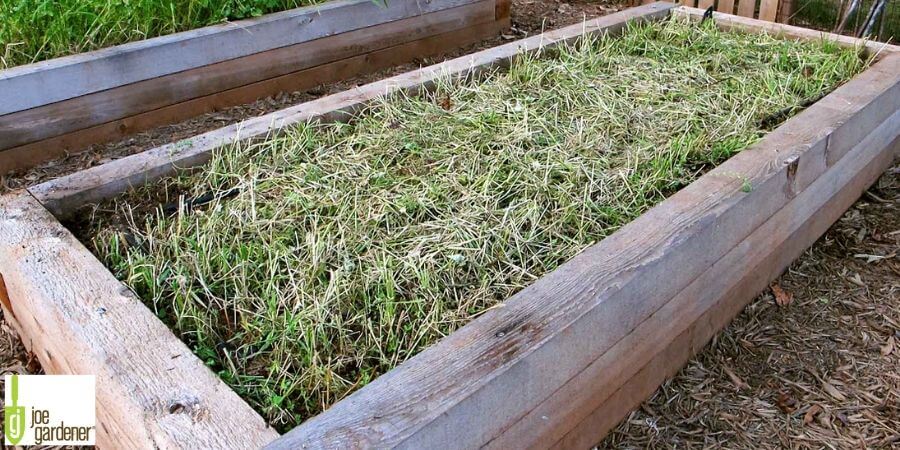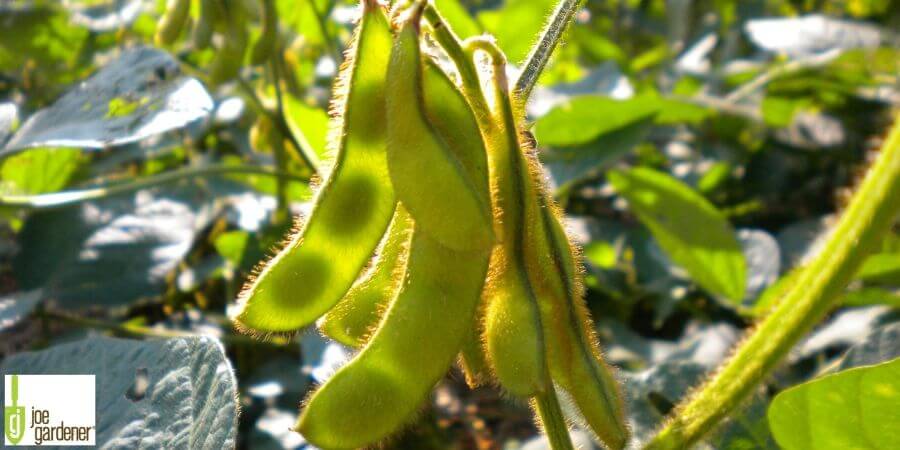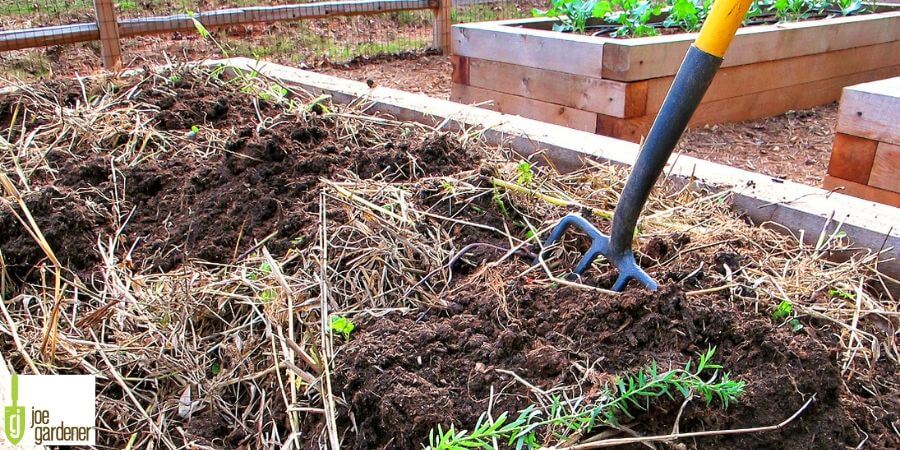Understanding Cover Crops in the Home Garden
- Gardening Expert and Host of Growing a Greener World®June 1, 2019
For home gardeners, we’re usually thinking about what we can plant now to provide something of value soon. Vegetable gardeners plant to enjoy all the benefits that growing food offers. For flower gardeners, what’s not to love about a sea of color that annuals and perennials provide across the landscape? Not to mention the beauty those blooms bring when cut and brought indoors.
No matter the reasons we grow, we expect so much from our plants all through the seasons, without always taking time to consider the demands placed on the soil - the foundation for top plant performance.
Farmers have known for centuries that the key to a healthy harvest, from fruit to flowers, involves investing back into the soil. While organic and manmade nutrients are a common practice for restoring fertility, using cover crops is a time-tested practice to regenerate soil health between active growing seasons. And those same principles are just as appropriate for home gardeners too.

Why Cover Crops
Ironically, the most effective cover crops don’t produce something edible. While that can feel like a waste of space for some gardeners, the benefits to the soil are well worth it. Cover crops can provide your soil environment rest, nutrition, aeration, or “exercise” or a combination of those benefits, but the primary function of a cover crop is to protect the soil surface.
Exposed soil can degrade quickly without protection. The baking effects of the sun can make the surface impermeable to water and nutrients. Precious topsoil can quickly dry and wash or blow away during a storm event. Soil erosion and runoff are exacerbated and vital moisture below the surface is lost. Consequently, plants become less drought tolerant, soil quality declines and plants suffer.
Even under ideal growing conditions and a productive season, plants demand much from the soil, talking nutrient withdrawals all along the way, without much thought from us on how to add back natural deposits to bring those conditions back into balance.
Cover crops can provide those deposits to restore and regenerate soil any time of year, but they’re most often used between active growing seasons. As a general rule, cover crops are sown in a garden space after the season for edible crops has ended. Once your summer crops are finished or your flower garden has passed its prime, spent plants are removed and the cover crop is grown within the space during the fall and winter season.
What Cover Crops to Plant
The first place to start when deciding on what cover crops to plant is to decide what you’re looking to do and the effort you are willing to invest.
There are three basic families of cover crops. Some of the varieties within each family are perennial and some are annual. Each offers specific benefits and challenges:
- Grains - like annual grasses, rye, oats, and wheat. These crops build biomass and break up soil compaction with extensive root systems. If your soil is compacted, the deep roots of grain cover crops will break up and aerate the soil naturally, while also adding organic material and nutrients. Their leaves also improve water infiltration by slowing down the movement of water from rain or overhead irrigation.
- Legumes - like peas, soybeans, clover, and vetch. These are commonly known as nitrogen-fixers. The varieties within this family each do slightly different things. If you want to add to the nutrient bank in your soil, plan ahead to incorporate legumes or grasses as a cover crop at the end of the summer season.
- Broadleaves - like buckwheat, mustard, and alyssum. If you’re looking for a natural way to keep weeds at bay between seasons, broadleaf crops are what you’re looking for. These germinate quickly and provide a low-growing canopy to block sunlight to shade out weeds. They are also easy to turn in for nutrient benefits at the end of the season – a huge plus for home gardeners.
Are you looking for an organic pest control option? Some cover crops, like mustard, release chemicals into the soil which deter some harmful nematodes and grubs. There are so many ways the natural world can work for us - without ever requiring that we reach for a treatment product.

End of Season Maintenance
When cover crops have reached the end of their season or served their purpose, it’s time to work them into the soil. The first step is always to cut the growth of any cover crop close to the soil surface, and then, you have two options:
- Turn the plant material and the roots into the soil to take advantage of the nutrients stored in all the plant materials. This option feeds the most nutrients and organic matter directly into your soil, but it can also take more effort to mix that much material into your garden bed. Especially for crops such as deep-rooted winter rye. While its deep roots are great for aerating the soil and great for providing nutrients. For no-till gardeners, this option can still be viable, but you may find it’s more work then you have the time or energy to do.
- Add the cut foliage to your compost pile and turn just the roots into the soil. This option provides plenty of benefit with less physical effort. The nutrients within the foliage will still find their way into your soil once the composted material is added to your bed later.
If you would still like to turn some of the crops into the soil there are good crop choices that will work well here. Austrian winter peas can be much easier to work in, yet they provide many of the same nutrient and soil protection benefits you may need from a cover crop. Red clover can be another gentler option, and it can be planted even in early spring, if you didn’t get around to planting a cover crop at the end of the summer season.

Where to Buy Cover Crop Seeds
Many seed companies sell cover crops, and their staff is often happy to guide you in your selection. Their advice will be based on your unique needs - the area in which you garden, the season in which you want to plant a cover, the other plants you are wanting to grow, and your cover crop goals (like building fertility or breaking up soil compaction).
Contact your local seed company. They can be an invaluable resource to get you started, but then, don’t be afraid to just keep experimenting. Seeds are fairly inexpensive. Try something new and observe the results. Everyone’s soil and conditions are different and will change from year to year. A gardener’s most powerful tool is the willingness to experiment.
Cover Crop Alternatives
Keep in mind cover crops are primarily to protect the soil surface. But if the idea of the extra benefits (and work) aren’t what you’re looking for, consider cover crop alternatives. Living mulches might be the perfect compromise between cover crops and mulch in your garden. Alyssum and white clover will protect the soil and feed nutrients back to it. They can be planted around your edibles without out-competing them, AND they have the added benefit of drawing in pollinators.
The bottom line is that we should always do what we can to protect and feed the soil, so the soil can feed the plants. Organic material such as compost, nutrients such as slow release organically-derived nitrogen as found in Milorganite, natural mulches (including shredded leaves and well-aged manure), and cover crops all work to help keep soil productive and healthy season after season.

